Mr. Ballestero named his boat after a seabird, the skua, one of which paid him a visit on the journey.
BUENOS AIRES — Days after Argentina canceled all international passenger flights to shield the country from the new coronavirus, Juan Manuel Ballestero began his journey home the only way possible: He stepped aboard his small sailboat for what turned out to be an 85-day odyssey across the Atlantic.
The 47-year-old sailor could have stayed put on the tiny Portuguese island of Porto Santo, to ride out the era of lockdowns and social distancing in a scenic place largely spared by the virus. But the idea of spending what he thought could be “the end of the world” away from his family, especially his father who was soon to turn 90, was unbearable.
So he said he loaded his 29-foot sailboat with canned tuna, fruit and rice and set sail in mid-March.
“I didn’t want to stay like a coward on an island where there were no cases,” Mr. Ballestero said. “I wanted to do everything possible to return home. The most important thing for me was to be with my family.”
RTWT @ With Flights Banned, Son Sails Solo Across Atlantic to Reach Father, 90 –




![That Was the Whopper Weekend That Was [Illustrated] welcometohell](https://americandigest.org/wp/wp-content/uploads/2021/05/welcometohell-150x150.jpg)
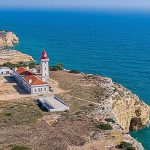



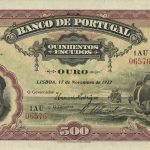
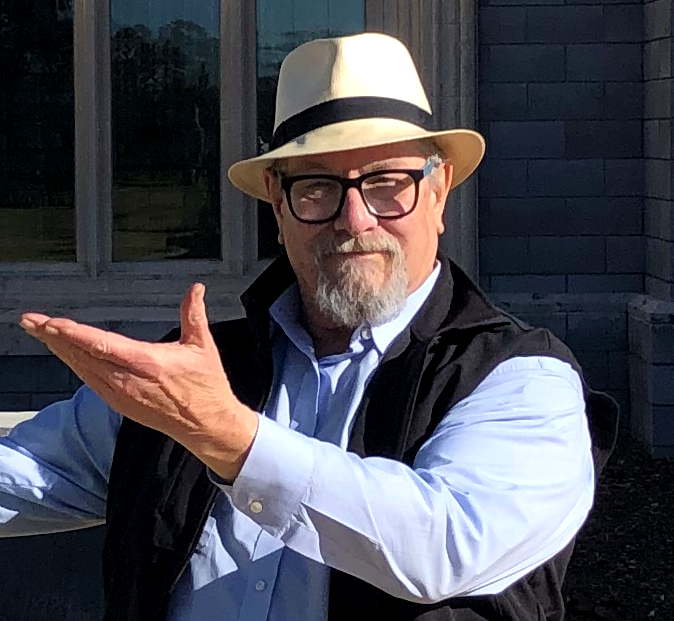 Gerard Van der Leun
Gerard Van der Leun












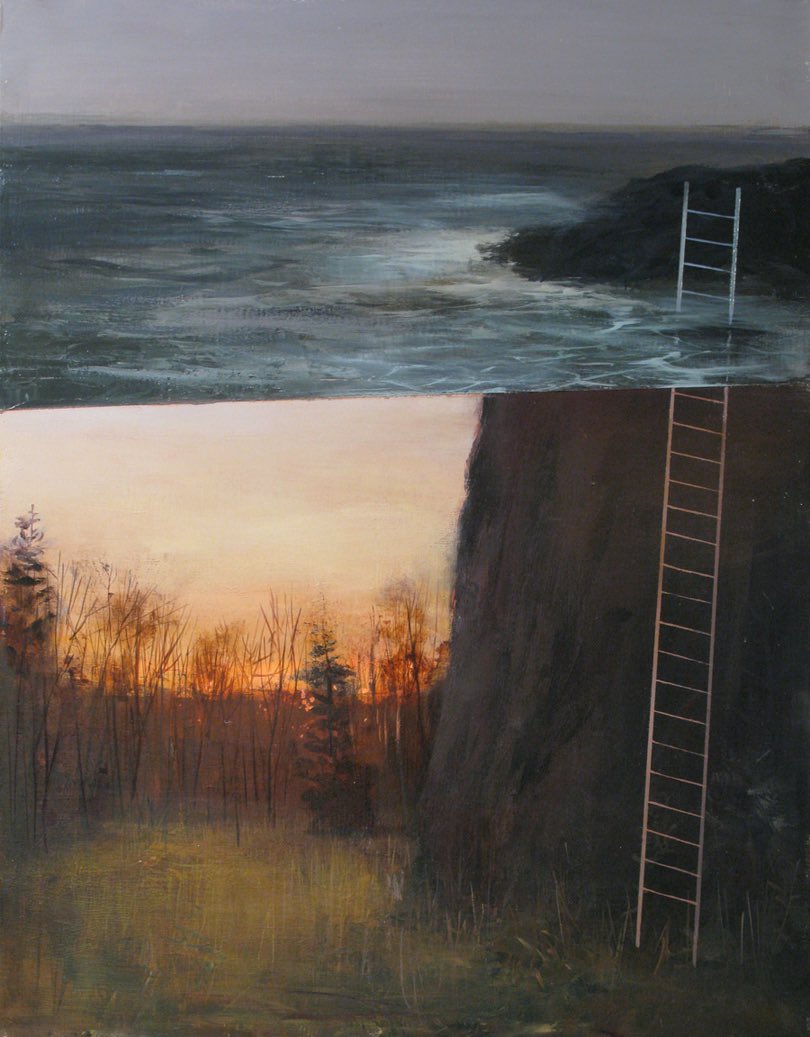



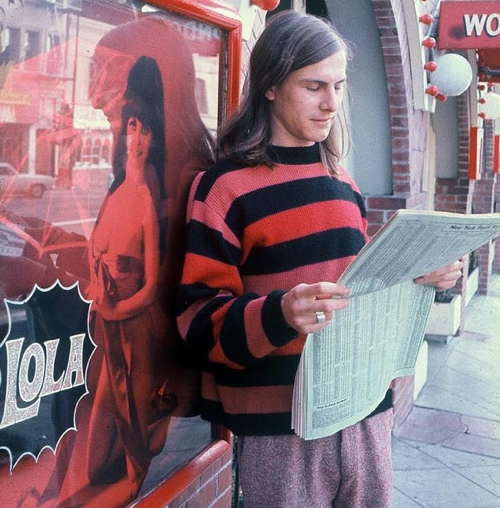







Comments on this entry are closed.
I owned and sailed a Pearson Ariel for a number of years and I discovered that as much as I loved it, sailing isn’t for everyone, viz, my wife. So, I sailed alone and loved every minute of it. I knew a few guys who had larger boats, one in particular a Cape Dory 32, and he moved his from inland waters to somewhere on the Gulf with plans to live aboard and cruise the coast. Had I been single, with all of the dough I had before I married, I’d have been tempted to cash in, buy a larger boat and follow suit.
Fitting a sloop for ocean sailing can be expensive but equipment is easily located. Installation costs can exceed the price of the goodies but single handed sailors or couples usually have the moxy and/or experienced friends with skills to do those things themselves. It’s a very self reliant life style and not for whiney, purple haired, pierced, marxist soy boys or soy girls and one of its benefits is you never see those types. Those folks are cowardly faggots who hate water, freedom and everything that goes with self reliance.
The lifestyle has attracted tons of people though and a number of them can be followed on YT. They’re typically younger but time on the water has made them experienced sailors and their followers usually help them along financially if they hit a slump. They’re gypsies of the seas and not at all unlike the gypsies that wandered the US during the 1960s and early 1970s.
There are days now that I wish I had given that lifestyle a shot but now that I’ve become a geezer with a couple of serious health issues, one of which that has a timer, I’m far better off and content that I stayed ashore. Nonetheless, I think about it often.
@ Jack—July 6, 2020, 8:12 AM
You would enjoy the books written by Neville Shute (Norway). He wrote in particular about the self-reliant people we admire, and his style is understated and elegant. He was an English engineer who contributed considerably to the war effort, and immigrated to Australia after the war. Most Norway fans consider his book, “Trustee From the Tool Room,” to be his finest story, and sailing figures largely in the tale. He wrote about airplanes, pilots, sailing, the war, heart-ache and heart-break, risk, duty, and honor. My own personal favorite is “A Town Like Alice”—also known as “The Legacy.”
Wondering where he acquired the boat…did he sail it over from Argentina earlier, or buy it on the European side of the Atlantic? None of the articles I checked seemed to have any curiosity on this score.
HH, I will look into that author. I’m a huge fan of people like that and many times I’ve wished that I had lived either in the adventurous times of the Victorian colonization of East Africa and on up through the world wars that affected those and Australian lands.
David Foster, his Ohlson 29 was built in Finland but I think the company that makes them is out of the boat business. I’ve always been a huge fan of Swedish architect Carl Alberg’s designs with their long deep keels, keel mounted rudders, long slender lines and low overhangs. They point into the wind effortlessly, they are nimble and forgiving and are a joy to sail. I seem to remember that the weight distribution of my Ariel had about 45% of her entire weight below the water line. She was very safe and dry.